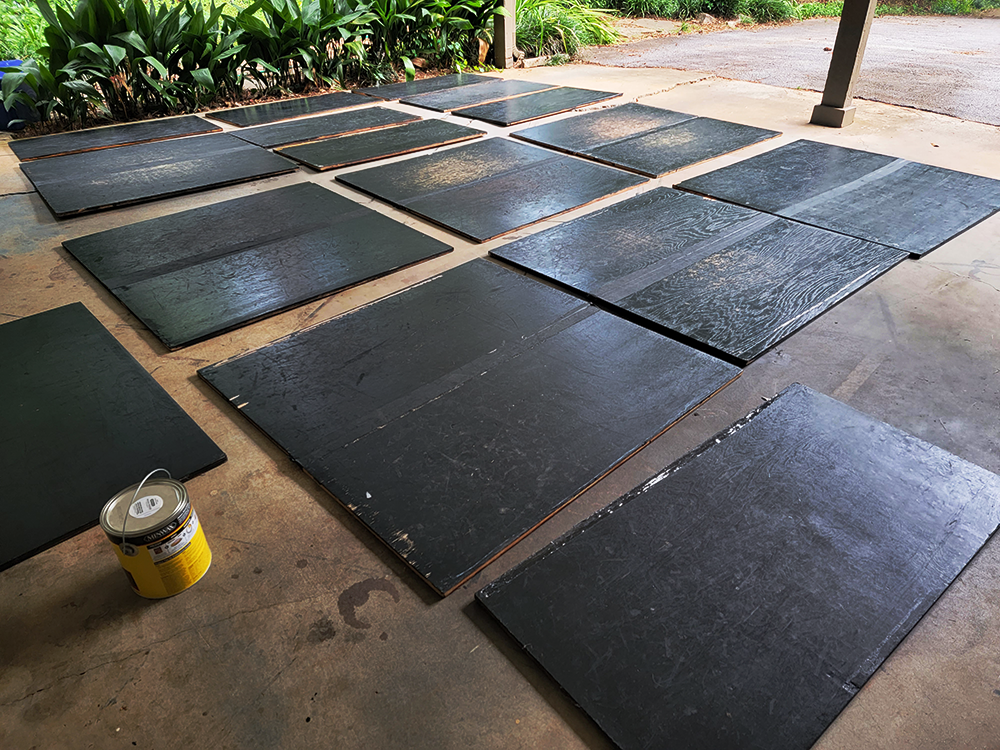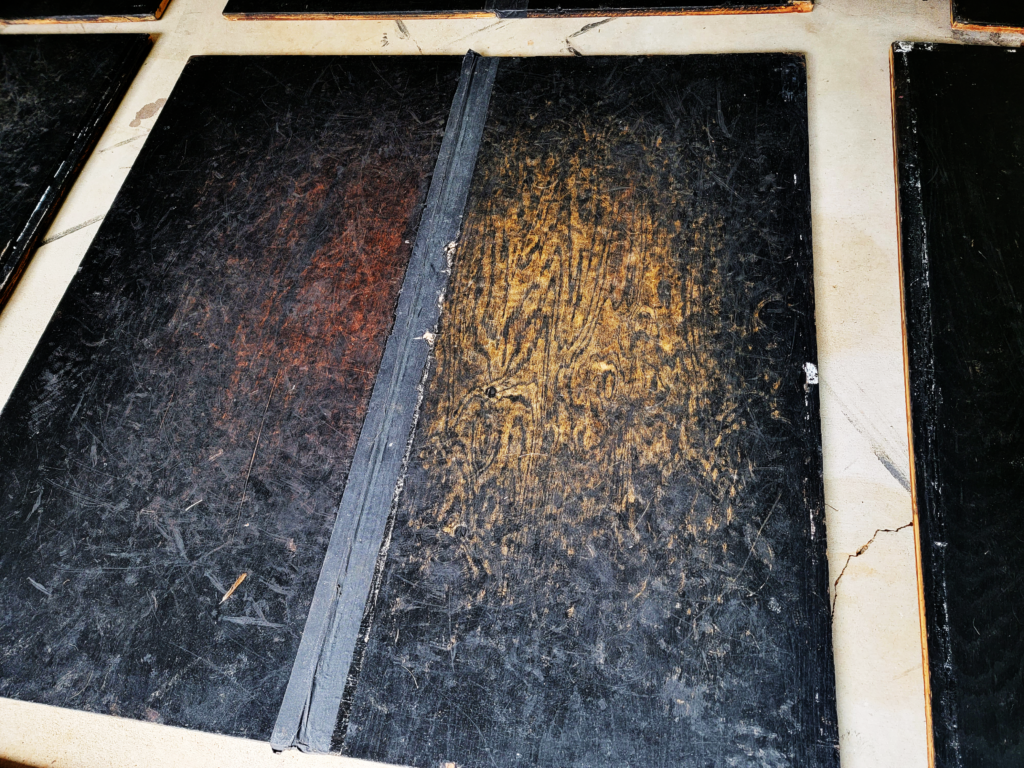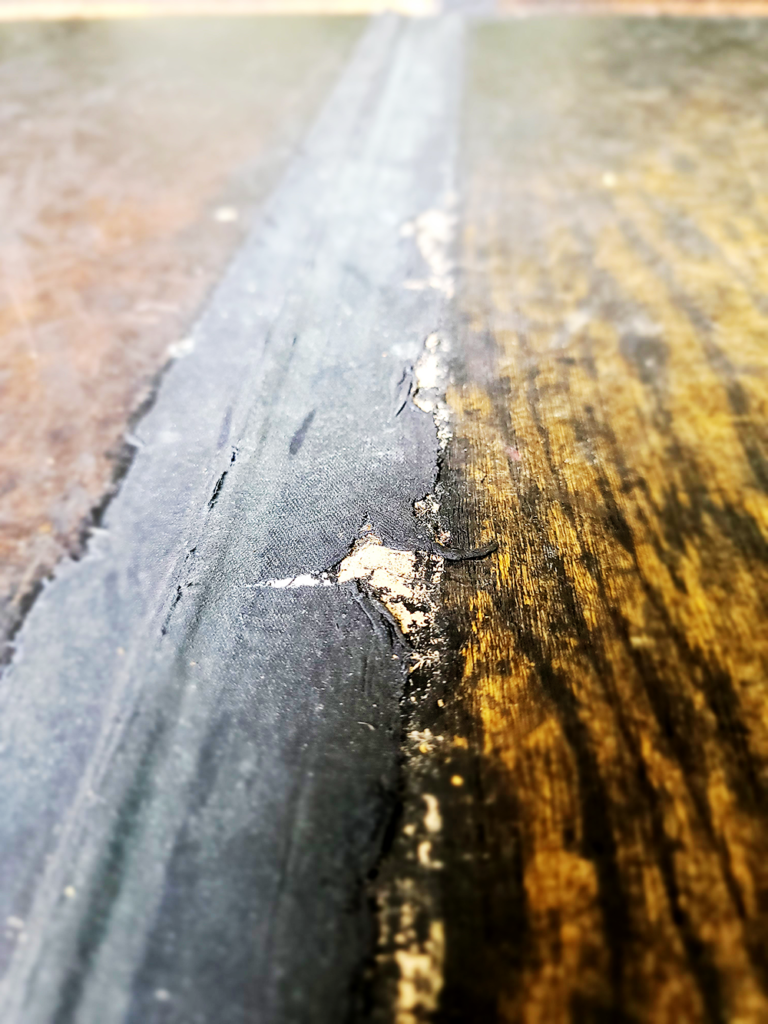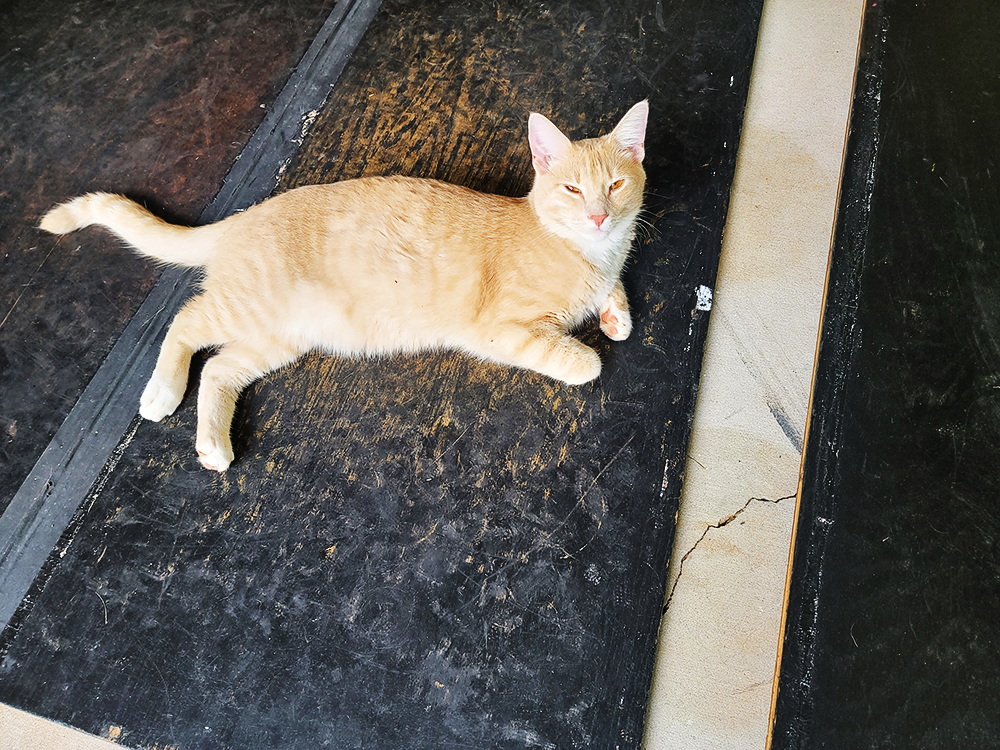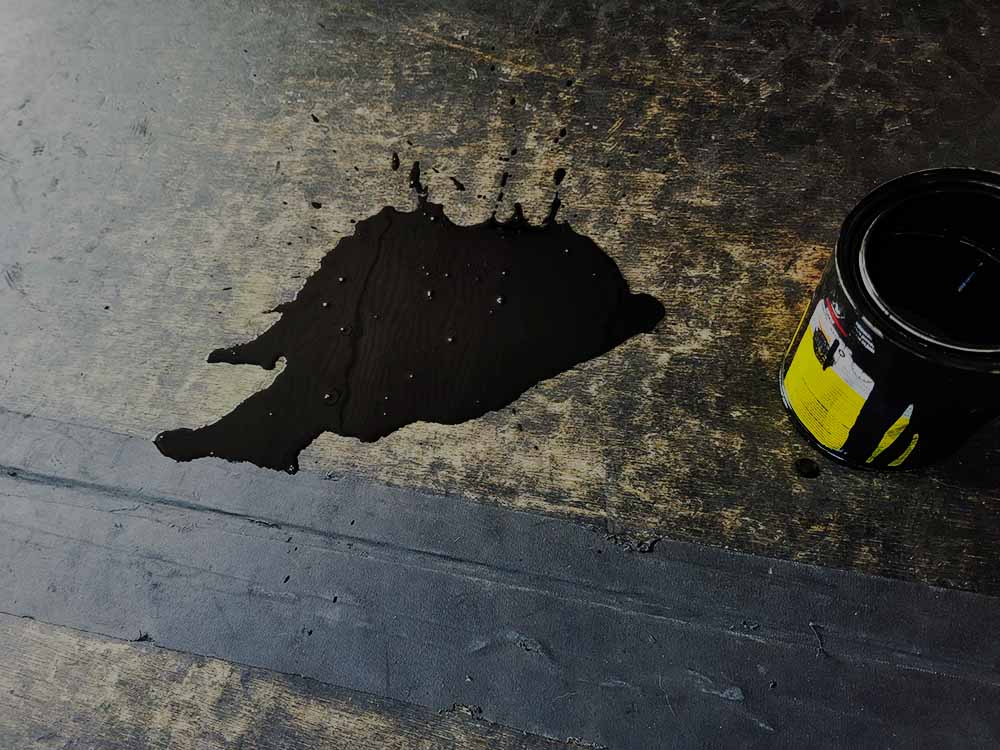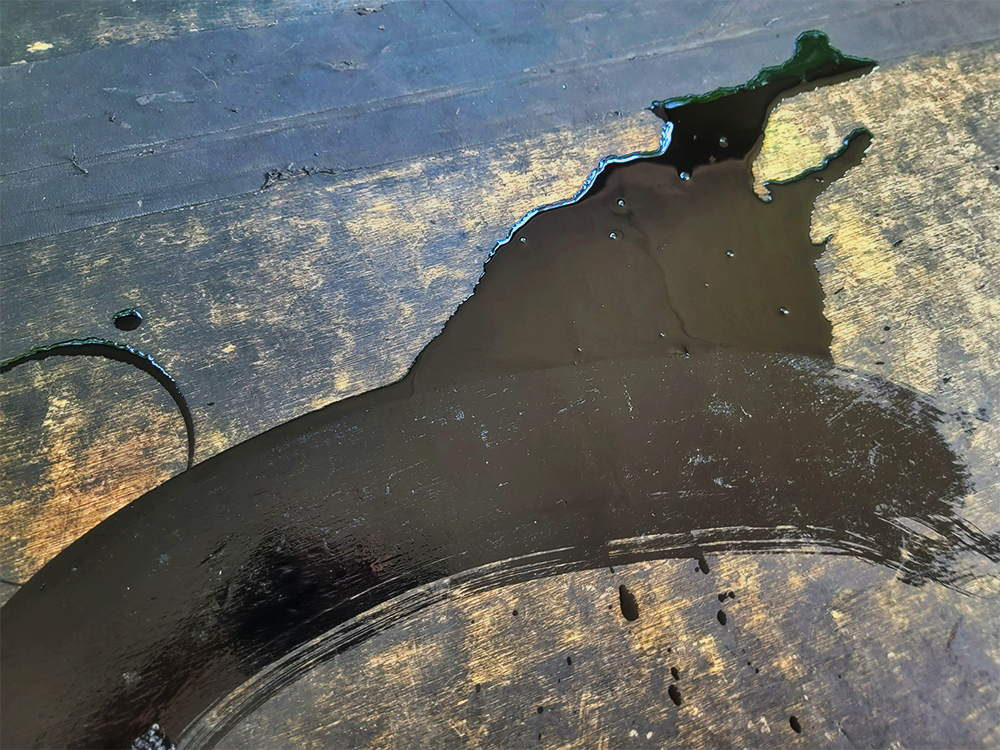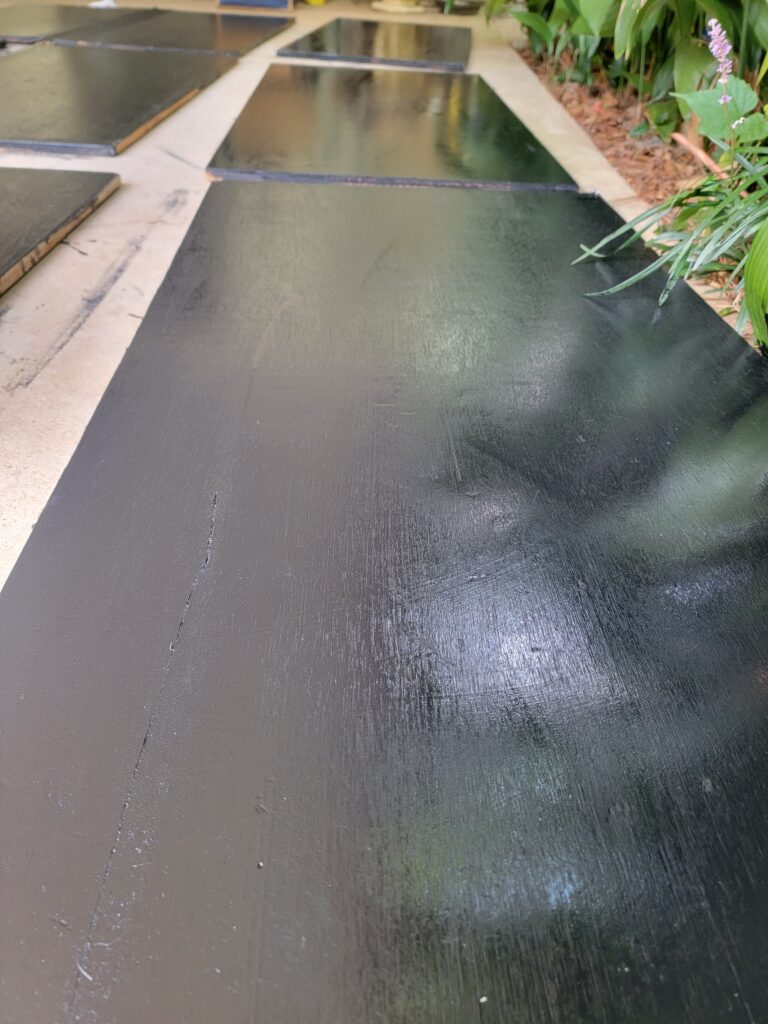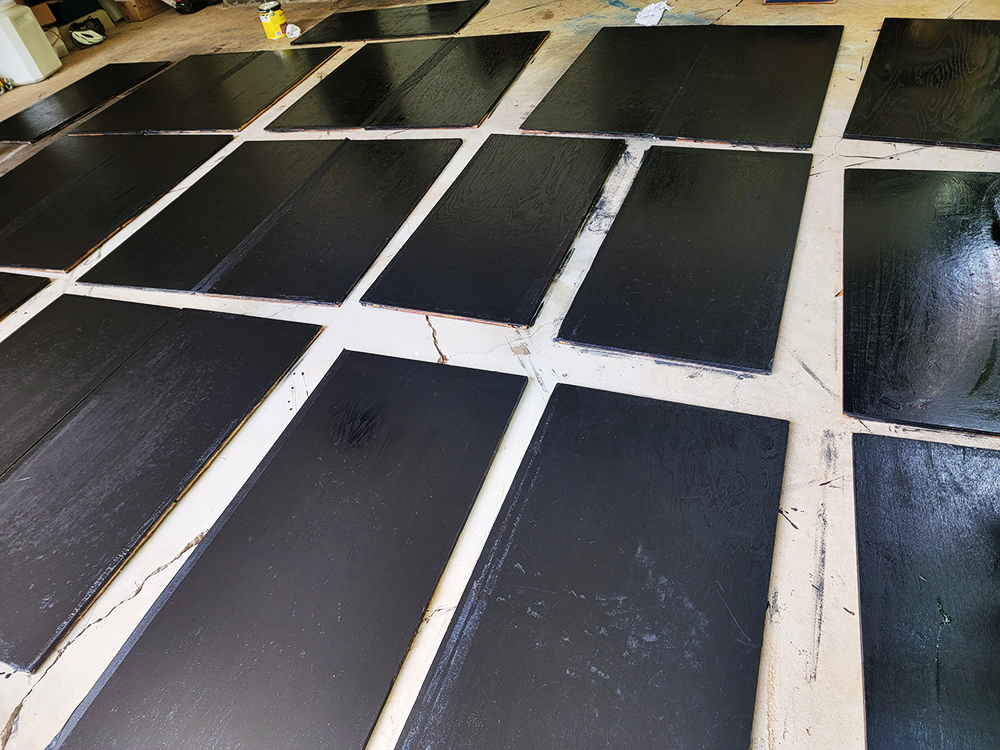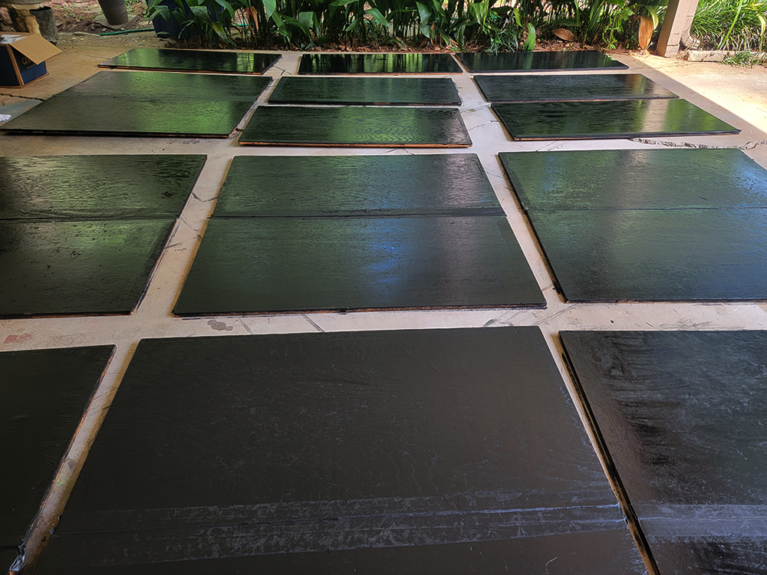A couple of decades ago I danced with a group of women, and we had these pieces of plywood in our homes that we called practice boards. They were small and scrappy, but good enough to place on top of carpet and review footwork drills and choreography. One day we were invited to perform at Underground Atlanta, but there was no “stage.” The absence of a proscenium did not stop us, because we devised a plan to create a dance space on the concrete pathway where the event organizer had envisioned our performance. We each hauled our practice boards to the venue and placed them side-by-side, flat, on the concrete. We connected them with duct tape to create the space that fit our needs for the presentation we had planned.
Thus, the portable dance floor was born. Since then, we tried different variations. There was a system of elaborate pegs and screws, with a frame underneath the boards, to lift the wood off of the ground and create a sound cavity to amplify footwork. There was a version with attached neoprene padding, for extra function and portability. It was large and heavy. There was a version with hinges and handles, small yet clever. There was a version made of manufactured wood product and fancy hooks to connect segments. A shoe heel put a hole in the MDF system during an escobilla one night. All of the evolution brought me back to the beginning: sheets of quality plywood that I can carry by myself and I can arrange as needed.
One day while performing at a fundraiser in North Georgia, one of the event planners commented to me that my boards looked like they had come out of a barn. I wondered if the he was serious, because we were *in* a barn, albeit lined with man-sized floral arrangements, linen tablecloths, and all of the rest of the high aesthetics of a gala. His haunting comments sent me to the hardware store the next day, to purchase stain for my then bare-wood boards. Today, one side is a deep shade of brown and the other is black. And, the pieces get a new paint job about every two years.
Method
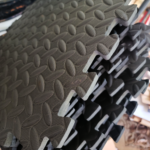
I use only furniture-grade plywood with an oak veneer (okay, some of my sheets have a birch veneer, but those are legacy pieces from years ago). The sheets are two feet wide by four feet long, and they are ¾” thick. I find lower-grade plywood to be cheaper in price, but also less desirable for dancing. The wood of the lower-quality materials chips, leaving messy splinters after a performance. And, it also causes extra friction between the shoe and the wood during footwork. Perhaps that is only perceivable by those who do not like sleeping on a pea beneath the mattress, but I say it slows down my footwork. The oak veneer is smooth, durable, and sounds solid.
I use a semi-transparent stain to create an elegant, yet simple look. Taking the advice of a wise friend who said, “If you don’t want to clean up, then don’t get dirty,” I skip the polyurethane. The poly chips. The chips then litter the floor around the space where I dance, my dance shoes, and/or my clothing. I apply three generous coats of stain that seep into the wood, and let them cure for several days before dancing on or storing them.
To create a dance space, I put the boards on top of one-foot square pieces of rubber, which create a slight spring and a sound cavity. Those pads do little to help with leveling. Thus, the sheets have to be placed on a hard, level surface in order to function. I connect them with gaffer’s tape.
The boards are stored in a stack, lying flat on the floor. Leaning them against a wall encourages the sheets to warp. I keep the boards inside a room where the air is controlled by HVAC. Heat, whether in storage or while in use, causes the paint and tape to become gummy, resulting in more frequent re-painting. On occasion the sheets have to be replaced when they warp or when the wood inside becomes pulverized from use, causing the wood to lose its voice.
Finally, I use olive oil to clean my hands after staining my boards. 😉
